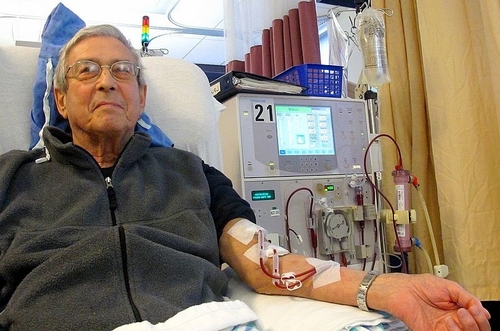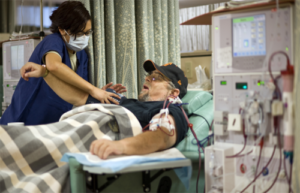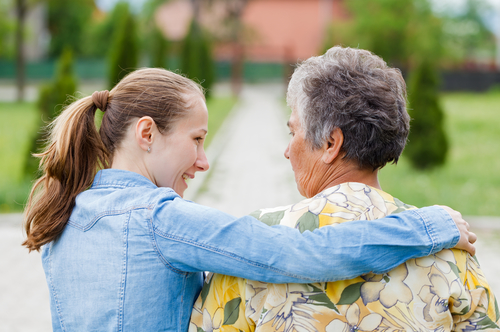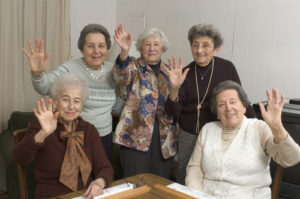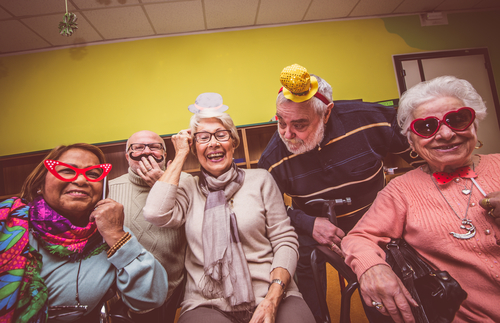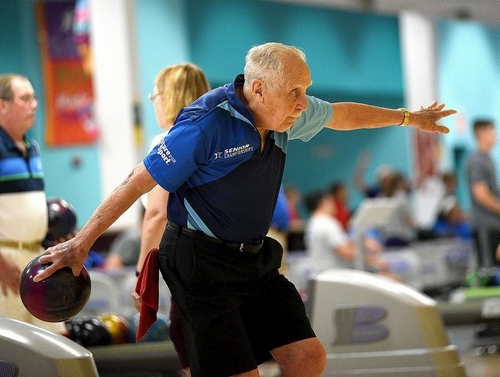
A research study found increased brain atrophy and dysfunction in older adults taking “anticholinergic” drugs. These are drugs like Benadryl and sleep aids. The team was led by scientists at the University of Indiana School of Medicine. Here are 7 drugs connected to higher risk of dementia.

7 Drugs Connected to Higher Risk of Dementia
There are certain drugs that can be bad for your brain’s health. You need to know what kinds of toxins to avoid to protect yourself. It’s not just the habit forming drugs to look out for, you should be aware of “anticholinergic” drugs.
These drugs are in everything from allergy medicines to muscle relaxants to painkillers. They are in many over the counter medications and are prescribed for a variety of common health problems.
They block acetylcholine, a key neurotransmitter in the body. This can lead to lower brain function like sedation. Now, normally this isn’t problem, but as the brain gets older it can’t handle this sort of sedation.
Research has linked them to increased risk of Alzheimer’s disease and hospitalizations in older adults. They have the opposite effect of medications used to treat Alzheimer’s.
So avoid these drugs as much as you can.
1. Sedating Antihistamines
The prime example is diphenhydramine (Benadryl), which is usually an over the counter medicine and has strong anticholinergic activity.
Non-sedating antihistamines like loratadine (Claritin) are less anticholinergic and are safer.
2. PM Versions of Over the Counter Pain Killers
Most over the counter painkillers like acetaminophen and ibuprofen (Tylenol and Motrin) come in a PM or night time formulation. This means a mild sedative, usually antihistamine, has been mixed in.
This also includes PM cold medicine.
3. Medications for Over Active Bladder
These include bladder relaxants like oxybutyin and tolterodine. Brand names Dirtopan and Detrol.
4. Medications for Vertigo or Motion Sickness
Meclizine (Antivert) is prescribed to treat vertigo. It’s also use to treat motion sickness.
5. Medications for Itching
These include the strong antihistamines hydroxyzine (Vistaril) and diphendyramine (Benadryl) are often precribed for itching or hives.
6. Medications for Nerve Pain
An older class of antidepressant known as “tricyclics” isn’t used for depression, but instead to treat nerve pain. They can also be prescribed to reduce nerve pain after shingles.
They usually have amitripyline and nortriptyline in them.
7. Muscle Relaxants
These includes drugs like cyclobenzaprine (Flexeril) and they are often given for back or neck pain.
Read more here.






